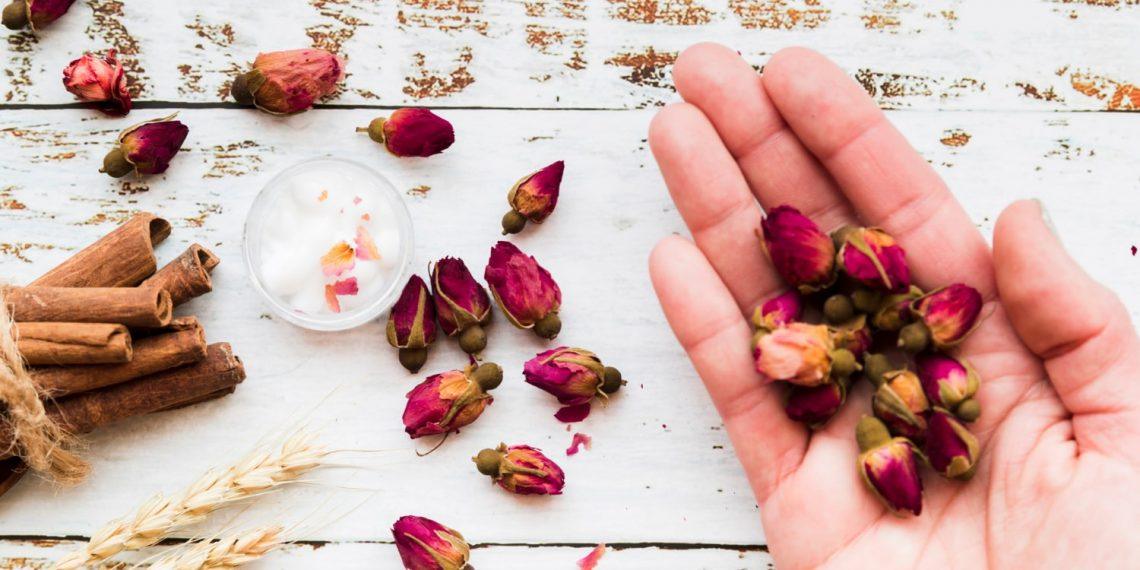Overactive bladder relief can feel elusive, but it doesn’t have to be. If you find yourself rushing to the bathroom more often than you’d like, you’re not alone. Millions of people experience this frustrating condition that disrupts daily life, relationships, and even your peace of mind. Understanding overactive bladder and exploring effective strategies can help you regain control and confidence.
Contents
What is Overactive Bladder?
Overactive bladder (OAB) is more than just frequent urination; it’s a condition characterized by an urgent need to urinate, often accompanied by incontinence. This can stem from various factors, including nerve issues, bladder inflammation, or even lifestyle choices. The significance of tackling OAB is profound—it impacts your social life, emotional well-being, and overall quality of life. You shouldn’t have to plan your day around restroom breaks.
1. Understand Your Triggers
Knowledge is power. The first step to overactive bladder relief is identifying what triggers your symptoms. Common culprits include:
- Caffeine and Alcohol: Both can irritate the bladder. Reducing or eliminating these can yield noticeable results.
- Spicy Foods: These can cause discomfort and urgency in some individuals.
- Artificial Sweeteners: They may also increase urgency for some people.
Tip: Keep a diary for a week. Document your food intake, fluid consumption, and any OAB symptoms. This will help you pinpoint your personal triggers.
2. Practice Bladder Training
Bladder training is a powerful tool in your OAB relief toolkit. This technique involves gradually extending the time between bathroom visits. Here’s how to do it:
- Start with a Schedule: Begin by urinating at set intervals—say every hour. Gradually increase the time as you get more comfortable.
- Delay Urges: When you feel the urge to go, try to wait a few more minutes. This can help train your bladder to hold more.
This process may take time, but consistency is key. You’ll be surprised how effective this method can be in regaining control.
3. Strengthen Your Pelvic Floor
Your pelvic floor muscles play a crucial role in bladder control. Strengthening them can provide significant overactive bladder relief. Consider incorporating Kegel exercises into your daily routine:
- Identify the Right Muscles: Try to stop urination mid-flow to locate your pelvic floor muscles.
- Kegel Exercise: Squeeze these muscles for five seconds, then relax for five seconds. Aim for 10–15 repetitions, three times a day.
Research shows that women who strengthen their pelvic floor muscles often experience a reduction in urgency and frequency.
4. Hydration Matters
It may seem counterintuitive, but staying hydrated is essential. Dehydration can irritate the bladder, leading to increased urgency. However, it’s all about balance:
- Drink Water: Aim for 6–8 glasses a day, but listen to your body.
- Avoid Nighttime Drinking: To minimize nighttime bathroom trips, avoid liquids a couple of hours before bedtime.
Pro Tip: If you find water boring, try herbal teas or adding slices of fruit to enhance flavor without the caffeine.
5. Explore Dietary Changes
Your diet can profoundly influence bladder health. Here’s how to adjust your meals for overactive bladder relief:
- Increase Fiber: Foods high in fiber, like fruits, vegetables, and whole grains, can help prevent constipation, which can worsen bladder symptoms.
- Limit Irritants: Along with caffeine and alcohol, consider other irritants like acidy fruits or juices.
Remember: Keeping a food diary can help you discover which dietary changes work best for your body.
6. Consult a Healthcare Professional
Sometimes, overactive bladder relief requires professional input. Don’t hesitate to reach out to a healthcare provider. They can offer guidance tailored to your specific situation, which may include:
- Medications: Certain medications can help relax the bladder muscles and reduce urgency.
- Physical Therapy: A specialized pelvic floor therapist can give you targeted exercises.
- Behavioral Therapy: Cognitive behavioral therapy (CBT) may help address the anxiety associated with OAB.
Expert Insight: By seeking professional advice, you ensure that any underlying conditions are addressed and that you’re equipped with the best strategies for relief.
7. Consider Alternative Therapies
Many individuals find success with complementary therapies. While these might not work for everyone, they can provide additional relief. Options include:
- Acupuncture: Some people report reduced urgency and improved bladder control.
- Biofeedback: This technique helps you become more aware of your body’s signals and can enhance your ability to manage OAB.
Explore options that resonate with you. Sometimes a combination of traditional and alternative methods yields the best results.
Bottom Line
Overactive bladder relief is within your reach. By understanding your triggers, practicing bladder training, strengthening your pelvic floor, staying hydrated, adjusting your diet, consulting with healthcare professionals, and exploring alternative therapies, you can regain control over your bladder and your life.
You don’t have to let OAB define you. Start with small changes today, and you might just be amazed at the difference it makes. You deserve to live your life without the constant worry of where the nearest restroom is.
FAQs
Q: What causes overactive bladder?
A: Overactive bladder can be caused by nerve issues, muscle problems, infections, or lifestyle factors.
Q: Are there medications for overactive bladder?
A: Yes, various medications can help relax the bladder muscles and reduce symptoms.
Q: Can lifestyle changes really make a difference?
A: Absolutely! Adjusting your diet, hydration, and daily habits can significantly impact your symptoms.
Empower yourself with these tips, and remember: you are not alone in this journey. You can find relief and reclaim your life!
Get Your FREE Natural Health Guide!
Subscribe now and receive our exclusive ebook packed with natural health tips, practical wellness advice, and easy lifestyle changes — delivered straight to your inbox.
















